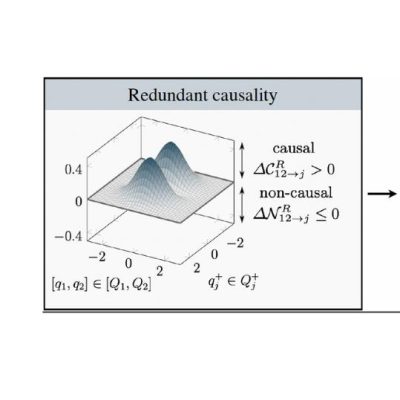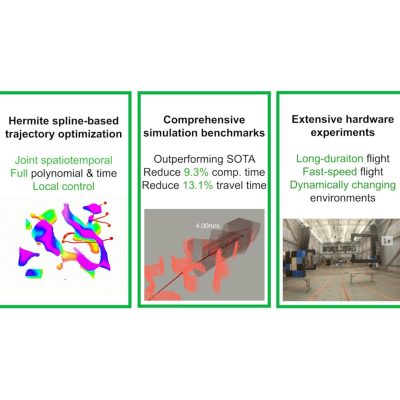
Numerical investigation of the bridging and current flow of a positive DC streamer using a 1.5D model
PhD student Lee Strobel and Prof. Carmen Guerra-Garcia (Aerospace Plasma Group) outline the development of a reduced-order numerical model of a DC streamer discharge that is able to predict the streamer bridging phase and current pulse. Results from the model show that electron-ion recombination is crucial for shutting off the streamer current flow, and that the current pulse is insensitive to the boundary conditions applied.
Authors: Lee R. Strobel, Carmen Guerra-Garcia
Citation: Journal of Physics D: Applied Physics, Dec. 9 2024
Abstract:
Single streamers, at nanosecond-timescales, can be simulated using detailed computational models with a high-dimensional representation. These models are computationally impractical for parametric explorations and simulation of longer times, that can follow many-streamer pulsations and the influence of one streamer burst on the next. This work develops a 1.5D model of a positive DC streamer for simulations beyond the electrode-gap bridging phase, and uses it to parametrically explore the impact of different terms and operational parameters.
The geometry of interest is that of a tip-to-plane electrode configuration under DC voltage, and the simulation is followed for the duration of one current pulse (order 500 ns). The numerical model uses an axisymmetric boundary element method to solve for the electric field, as well as a ‘stack’ of 3 different transient solvers to improve efficiency and allow solving over longer timescales. The model is able to resolve the development of the cathode sheath during the streamer bridging phase using a kinetic flux boundary condition. It also gives qualitative agreement to current waveforms using an equivalent experimental setup. The different phases of the current pulse (streamer propagation, bridging, and current-flow phase) are discussed in detail.

